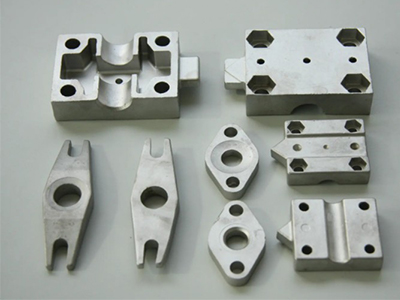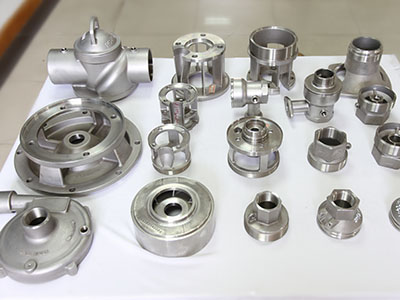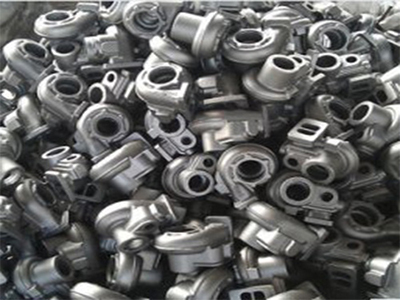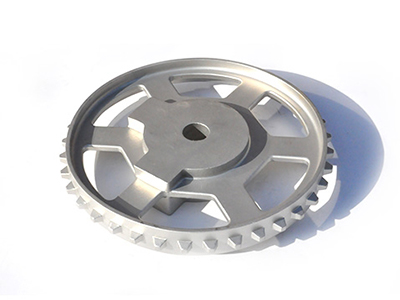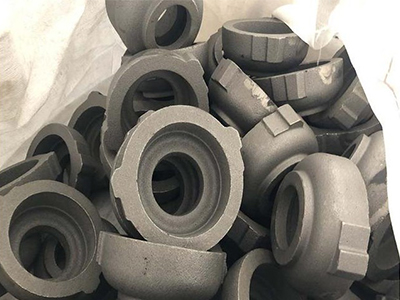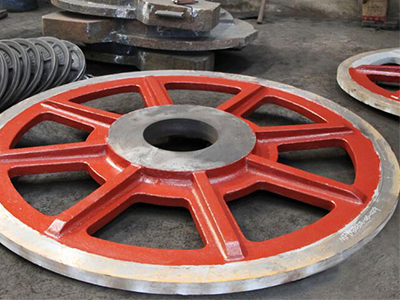- Performances of defective stainless steel castings
- Basic requirements of stainless steel precision casting casting structure
- Temperature and Speed of Steel Castings in pouring process
- Basic characteristics of Gray Iron Castings
- Cast wheel hub and forged wheel hub
- Precision requirements and cost of Precision Castings
- Introduction of cast Iron Materials
- Heat treatment method of cast Iron platform Ductile iron
- Structural characteristics of machine tool casting
- Characteristics and calculation of gating system for Steel Castings
- Call : +86 13390692151
- sale@kfqizhongji.com
-
Room 1, No. 21, Chaoying East Road, Zhoushi,
Kunshan City, Jiangsu Province, China
What are the common measurement problems of stainless steel castings?
Stainless steel castings are mainly used under various medium corrosion conditions. When the content of Cr in the steel is more than 12%, it has good corrosion resistance and oxidation resistance. So what are the common measurement problems of stainless steel castings?
The main results are as follows: 1. The temperature of the melting furnace is unstable, so the temperature difference will inevitably occur in the pouring process of stainless steel castings, which has a great impact on the accuracy of measurement. The strict temperature control in casting is to use these temperature data to find a temperature scale which can guarantee the quality of stainless steel castings.
2. If stainless steel castings adopt non-standard melting technology, it will also have an effect on temperature measurement. For example, elements with high steam pressure boil, the surface of the molten pool is disturbed or reaction products are formed, which will also cause errors in conventional pyrometers.
3. The signal processing ability of the measuring equipment itself is not strong, because every analog-to-digital or digital-to-analog conversion between the measuring instrument and the control equipment will produce errors.
The problems such as mold temperature, thermal insulation characteristics, cycle time and operators' methods of stainless steel castings need to be guided by accurate temperature measurement results. In the process of casting stainless steel castings, the temperature is not easy to grasp.
